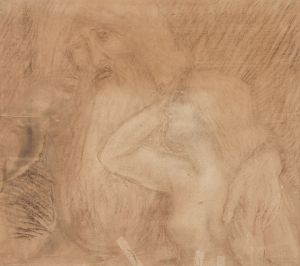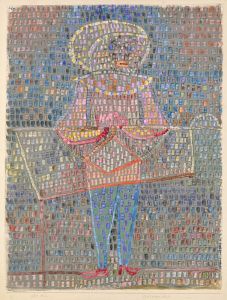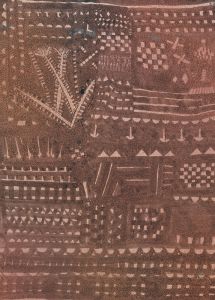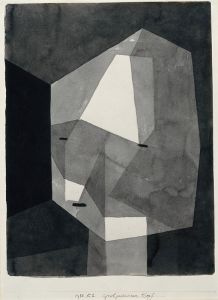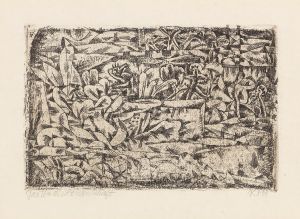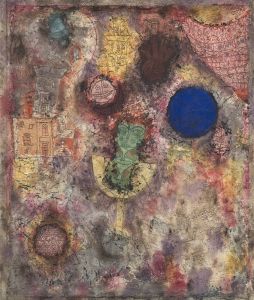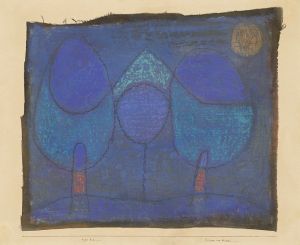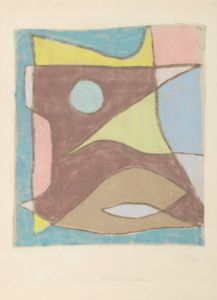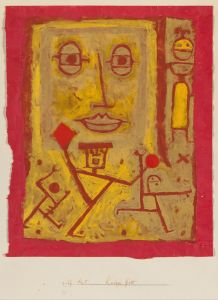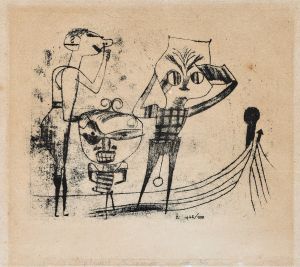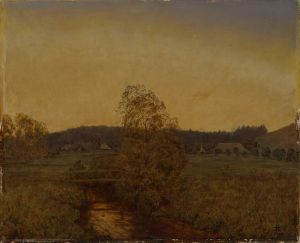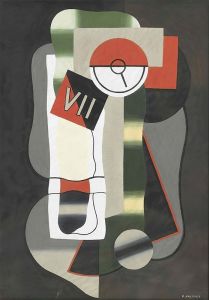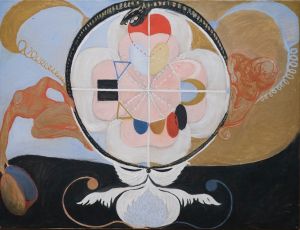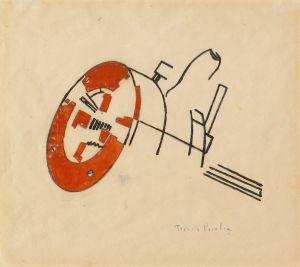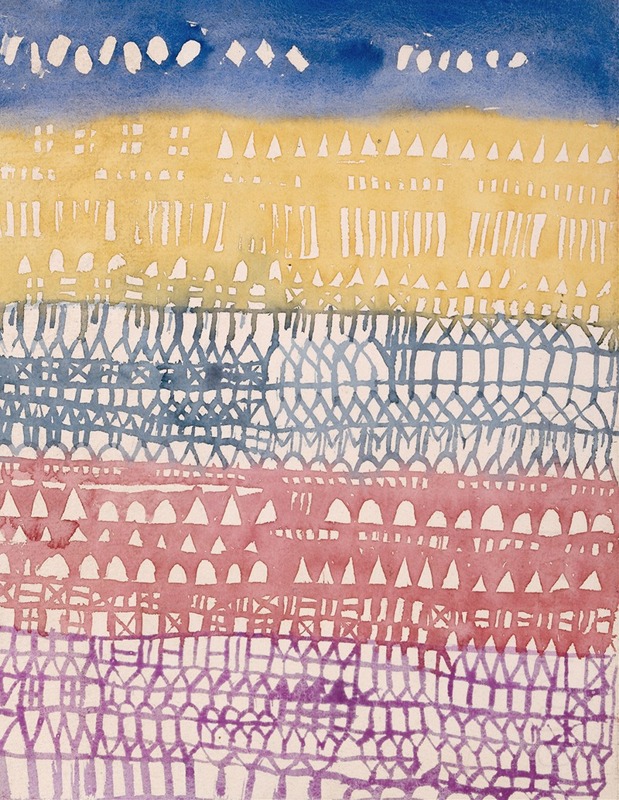
Old town
A hand-painted replica of Paul Klee’s masterpiece Old town, meticulously crafted by professional artists to capture the true essence of the original. Each piece is created with museum-quality canvas and rare mineral pigments, carefully painted by experienced artists with delicate brushstrokes and rich, layered colors to perfectly recreate the texture of the original artwork. Unlike machine-printed reproductions, this hand-painted version brings the painting to life, infused with the artist’s emotions and skill in every stroke. Whether for personal collection or home decoration, it instantly elevates the artistic atmosphere of any space.
Paul Klee, a Swiss-born artist, is renowned for his unique style that blends elements of expressionism, cubism, and surrealism. One of his notable works is "Old Town," a painting that reflects his distinctive approach to art. Klee's work often features a playful use of color and geometric forms, and "Old Town" is no exception.
"Old Town" was created during a period when Klee was deeply influenced by his travels and his experiences as a teacher at the Bauhaus, a revolutionary art school in Germany. His time at the Bauhaus, from 1921 to 1931, was marked by experimentation with color theory and abstraction, which are evident in this painting. Klee's fascination with architecture and urban landscapes is also a recurring theme in his work, and "Old Town" captures this interest through its depiction of a cityscape.
The painting is characterized by its abstract representation of an urban environment. Klee uses a grid-like structure to suggest the layout of a town, with blocks of color representing buildings and streets. The palette is typically vibrant, with warm earth tones and cool blues that create a sense of harmony and balance. This use of color is not merely decorative; it reflects Klee's deep understanding of color theory, which he taught at the Bauhaus. He believed that colors could convey emotions and ideas, and in "Old Town," the interplay of colors suggests a lively, bustling atmosphere.
Klee's technique in "Old Town" involves layering colors and using a variety of media, which adds depth and texture to the painting. This method allows him to create a sense of movement and dynamism, as if the town is alive and constantly changing. The abstract nature of the work invites viewers to engage with it on a personal level, interpreting the forms and colors in their own way.
"Old Town" is also a reflection of Klee's interest in the intersection of the natural and the man-made. The geometric shapes in the painting can be seen as a metaphor for the structured, orderly nature of human settlements, contrasted with the organic, fluid forms found in nature. This duality is a common theme in Klee's work, as he often sought to explore the relationship between humanity and the natural world.
Paul Klee's "Old Town" is a testament to his innovative approach to art and his ability to convey complex ideas through simple forms and colors. The painting is a celebration of urban life, capturing the essence of a town through abstraction and color. It remains an important work in Klee's oeuvre, illustrating his mastery of form and his unique artistic vision. As with many of Klee's works, "Old Town" continues to inspire and intrigue viewers, inviting them to explore the depths of its abstract landscape.





